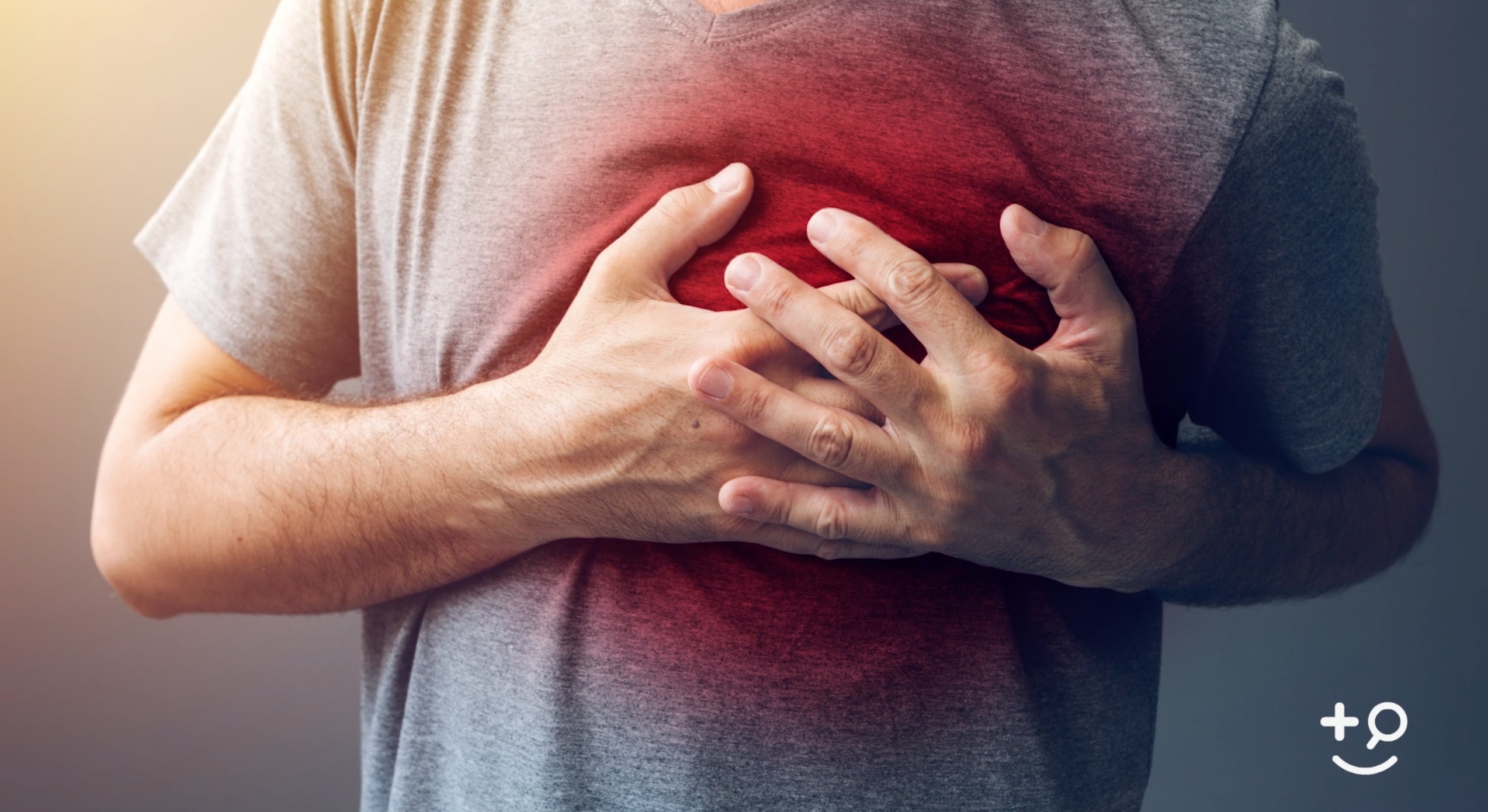Gastroesophageal reflux disease, or GERD, affects about 20% of the American population. This is a condition in which the stomach contents regularly move back up the food pipe. This regurgitation is usually long-term and can result in uncomfortable symptoms, including heartburn and pain in the upper abdomen. The severity of the condition often relates to diet and lifestyle. Avoiding trigger foods and following other dietary tips may relieve the symptoms of GERD. If you have GERD and are curious about which foods may be triggering your symptoms, keep on reading.
Food Groups to Avoid GERD
- Coffee and Tea: Caffeinated beverages aggravate acid reflux. Opt for teas without caffeine.
- Carbonated beverages: The bubbles expand in your stomach, creating more pressure and pain. Choose plain water or decaf iced tea.
- Chocolate: This treat contains caffeine, fat, and cocoa – which will do your stomach harm.
- Peppermint: Don’t be fooled by its reputation for soothing stomach aches – peppermint is an acid reflux trigger.
- Citrus: The high acidity of citrus fruits relaxes the esophagus sphincter and worsens symptoms.
- Tomatoes: Also avoid marinara sauce, ketchup, and tomato soup – they’re all naturally high in acid.
- Alcoholic Beverages: Alcohol relaxes the sphincter valve, but it also stimulates acid production in the stomach, so it’s best to avoid it.
- Fried Foods: These are some of the worst foods for reflux. Skip the french fries, onion rings, and fried chicken to avoid triggering your symptoms.
- Midnight Snacks: Avoid eating anything in the two hours before you go to bed. Try eating 4 to 5 smaller meals throughout the day instead of 2 to 3 large meals.
There is little clinical evidence linking these foods to GERD symptoms, but the overall experiences of people with this condition give overwhelming testimony that these foods may worsen symptoms. Trigger foods can vary from person to person. People with GERD should try eliminating each food type from their diet to see if any symptoms improve. If they do not, they can incorporate the food back into their diet.
Foods in the Safe Zone
Believe it or not, some foods may actively improve GERD symptoms. Until recently, researchers did not fully understand GERD, and there was a lack of scientific evidence to suggest that changing the diet could improve symptoms. Here is a list of just some of the foods that will benefit your symptoms:
- Chicken Breast: Be sure to remove the skin. Skip the fried chicken and instead choose baked, broiled or grilled.
- Lettuce, Celery, and Sweet Peppers: These mild green veggies are easy on the stomach, and won’t cause painful gas.
- Brown Rice: This pantry staple is mild and filling – just don’t serve it fried.
- Melons: Watermelon, cantaloupe, and honeydew are all low-acid fruits that are among the best foods for acid reflux.
- Oatmeal: Filling, hearty, and healthy, this comforting breakfast standard also works for lunch.
- Fennel: This low-acid crunchy vegetable has a mild licorice flavor and a natural soothing effect.
- Ginger: Brew some ginger tea or chew on low-sugar dried ginger for a natural stomach ache remedy.
To find out more on how we can help, click on the following links.
 Back to Blog Homepage
Back to Blog Homepage
